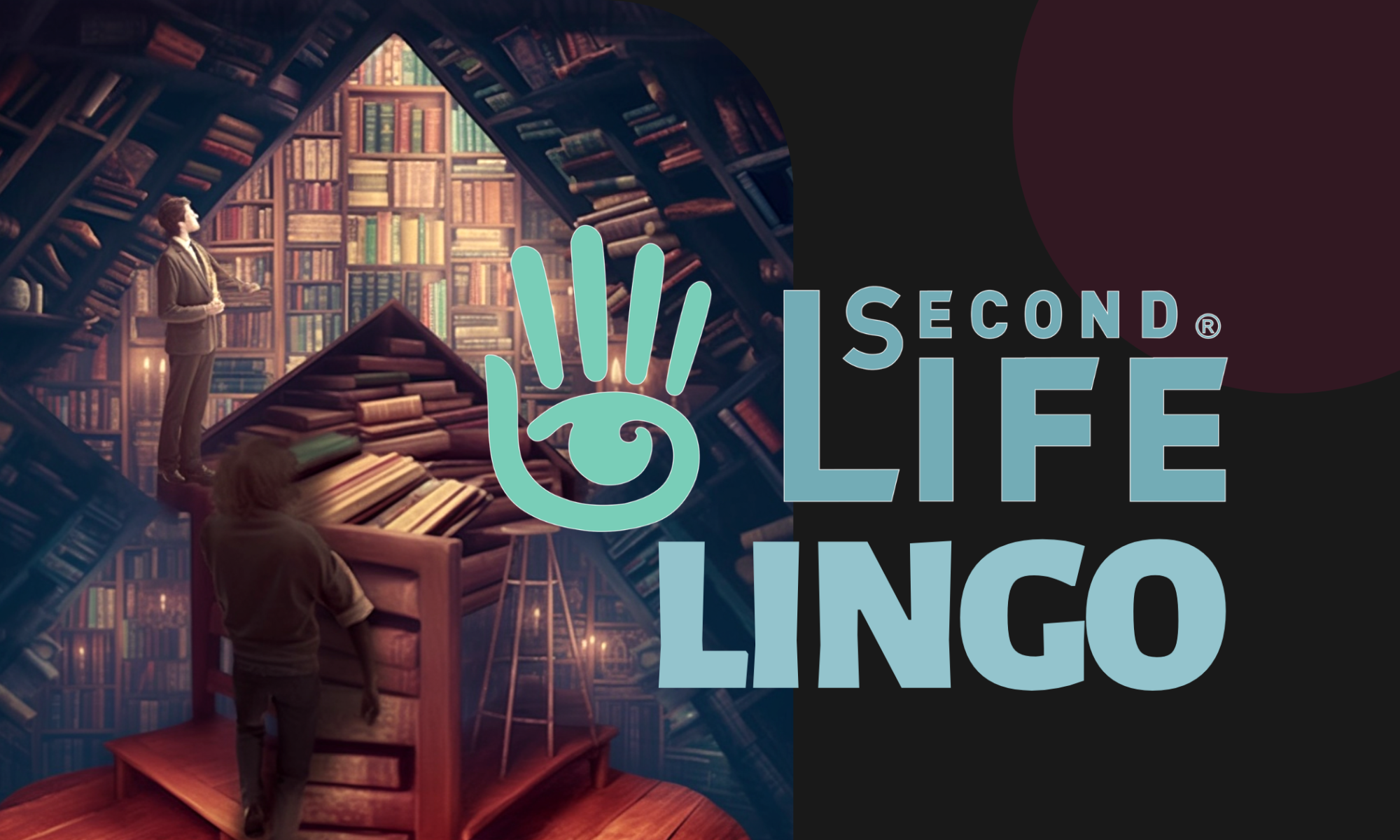AVATAR – AVI – AGENT
Avatar, or avi for short, is the character you play with. You, the human, are the AGENT of that avatar. In practice, nobody but Linden Labs and scripters uses the term “agent,” but it’s good to know what it refers to when they use it.
WEAR – ATTACH – ADD
There are 3 different ways to ‘wear’ an item on your avatar. “Wear” is a troublesome one and normally not needed. It works with system avatar body parts and “system layers” only, but is just not needed anymore. In addition, if you “wear” an item that has an attachment point in your right hand (which you won’t know until it’s too late) you’ll detach everything else, like your top or pants, that have also been attached to your right hand, which is the default attachment point but with “wear” you can only wear one item at a time, and it detaches everything else. This function can have its uses, but for the time being, just don’t use it.
Instead, use “add” for everything. It will always attach things wherever they need to go, and can be used to add multiple items in the same attachment point.
Attach comes in handy when you want to CHANGE the attachment point of an item, for instance, to stop a top from detaching, you might want to attach it to any other attachment point except the right hand. RIGGED items, like most clothes, can be attached to any attachment point, and they’ll work fine. Unrigged items need the specific attachment point.
Detach works for all objects, but you have to “take off” system layers. You can also right click a folder and choose add to/remove from outfit for all items in the folder.
MAINLAND – CONTINENTS – PRIVATE ISLAND
MAINLAND refers to any of the shared land masses or CONTINENTS that you can buy little parcels of land off for your private use. PRIVATE ISLANDS are separate areas that are paid monthly by individuals or groups to build on. The mainland is (un)managed by Linden Labs and the area has far fewer rules for the land owner (none) than private islands do if you rent land from a private island.
Private islands are managed by the owner of the Estate or Sim owner, which basically means that if you don’t know the sim owner or their reputation, you don’t necessarily know what you’re buying into.
Whether this is a negative or positive for you is a matter of opinion.
SIM – REGION – PARCEL
A sim refers to the location you’re on, but it is technically a private, complete “sim,” short for ‘simulator.’ A region is a sim-size square on one of the mainland continents, and a parcel is usually a single individual or group-owned piece of land on the mainland or a rented piece on a private island. You can also divide any land you own into parcels but usually can’t do this on rented land.
Rent or buy, you’ll pay for the use of land one way or another on a weekly or monthly basis, and Linden Labs always get their money regardless. Considering Linden Labs basically gives away “free” land to big land owners, they can rent out land cheaper than what it costs to own land. (Complicated, but we’re still talking relatively small dollar amounts.)
PRIM- OBJECT – LAND IMPACT
A primitive, a prim for short, is one of the default mesh objects that you can create yourself right on Second Life, as opposed to mesh objects you create with another program and import to Second Life if you do.
Land Impact is the unit for server weight. One prim = one Land Impact, or LI for short. Mesh objects can be ONE object but still have a larger land impact than one, but in reverse, one mesh object can consist of several prim-like items that weigh less than the same object created in-world out of prims.
HEADS-UP DISPLAY – HUD
The HUD refers to the tools that attach to your screen while in-world. If you think of your screen as a windshield and the tools as stickers, a HUD is the stickers you attach to your windscreen.
Nobody calls them “Heads-up displays,” however. I don’t think the average user knows what “HUD” stands for.
HUDs are most commonly used to unpack items you’ve picked up and change colors on clothes and items you have.
VIEWER – FIRESTORM AND SECOND LIFE VIEWER
The viewer is to Second Life what a browser is to the Internet. The Second Life viewer is the default (like Internet Explorer or Safari), and then there are plenty of other viewers out there, the most popular of which is the Firestorm viewer.
While Firestorm is a good all-rounder, gamers and SL photographers may prefer other viewers.
“A Second Life Viewer” is essentially a 3D browser of 3D Internet, if you will.
REZZING
Refers to making an object (or avatar) appear in 3D when pulled from the inventory to the ground or created from the build-tool box.
To rezz, you need to be on land on which you have building rights.
SANDBOX
Public sandboxes are places where you are allowed to Rezz objects without knowing the place’s owner. Rezzing is enabled for all at the ZEN METAL Newbie Gate.
ANIMATION OVERRIDE (AO)
An animation override, to me, is of the most important aspects of a great avatar. You can make or break an avatar by its animation overrides. It gives your avatar its character.
I would put a lot of emphasis on good animation overrides even before anything else. (They’re much cheaper and achieve much more than perfect mesh or clothes. No matter how good your avatar looks, the dorky default animations will make it look bad 100% of the time.)
Official glossary of terms
If you want even more lingo, there’s an official glossary of terms in Second Life Wiki. (“Playing Second Life quickly becomes another full-time job. :D)
